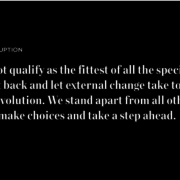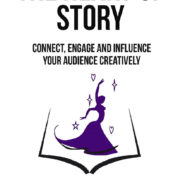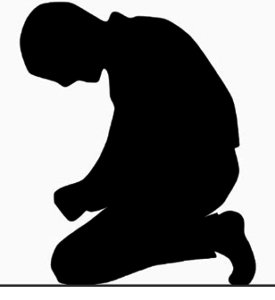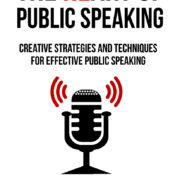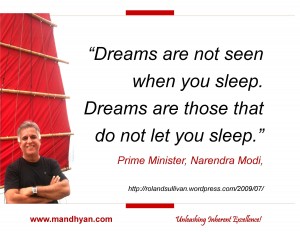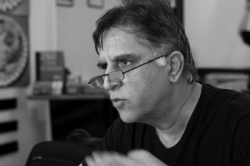imagination, intelligence and integrity
Upon watching my video ‘Linking IDENTITY to INTENTION,” Rose, a friend, asked me a question. Raju, she said, after I have figured out who exactly I am; after I really and truly know IDENTITY and I have also cleared up what I want ion life: what my true INTENTIONS are, how do I traverse that journey? How do I exactly get from here to there?
Many years ago, I sat in the front row at a talk given by my friend Jim Cathcart author of the beautiful book, Acorns to Oaks. In the book, written more than two decades ago, Jim talks about how within every acorn there is a map encoded as to what size and shape of an oak tree it will grow into. I absolutely agree and believe that there is the inbuilt intention that evolves into reality through proper usage of our intelligence, imagination soaked in integrity.
However, before I get to those three enablers, here’s what Jim Cathcart was showing and telling us from the stage: He had planted himself onto a spot on the left side of the stage and said, “let us assume that this is the spot where you are at in your life. This is who you are now.” He then took five long strides towards the right side of the stage and planted himself on a spot and said, “let us assume that this where you want to be. This is who you want to be.” He walked back to spot one, turned in the direction of spot two, and said, “Every single day, every single moment start believing, behaving, saying, and doing things as if you were already on spot two. Think like the person you want to be, walk like the person you want to be, and talk like the person you want to be,” he urged us all. When you do this over a certain period, you will soon find yourself on spot two. You will become who you want to be.
I was blown away by his words. They stuck to me like superglue. I have never been able to peel the idea away. From that day on, I have walked from many a spot to another spot in my life. If my younger self from all those first spots were to see me now, he would never recognize himself.
This is not about the ‘fake it, till you make it,’ thing. This is something deeper and there is neuroscientific reasoning behind it. When you create an abstract, visual, distant dye to mold yourself into then millions of connections begin to spark off inside your head until you arrive at that ideal self in the future. This process works and it works beautifully. This is the core idea in the blog Linking IDENTITY to INTENTION.
Throughout the journey from here to there, you will need these three enablers: imagination, intelligence, and integrity.
Imagination is to make unseen connections between your thoughts, your strengths with what is visible but vague at times. Imagination to compare the processes, strategies and to learn from the experiences of others. The playground of life and work is constantly shifting. Streets get crowded and unseen hurdles come up. Stretching your mind a bit towards the unseen helps you see ahead of the curve when going from here to there.
Intelligence is to be able to place two and two together and make sure they end up as four. It is the correct and consistent assessment of actions and words we use. It is about keeping an open mind, learning, and not be dissuaded by slow days. It is about creating SMART goals and evaluating them frequently against the desired future and external influences.
Now many people who figure this out for themselves and begin to succeed with this strategy of linking IDENTITY to INTENTIONS sometimes forget to take care of others, of ethics and ecology. It is agreed that each individual is unique and the journey of each and every individual is unique yet it is a crowded, interrelated world. We, as individuals, do live in a vacuum; we are all interconnected by unseen strong and gentle strings. Pulling too hard or leaning too heavily on other systemic relations can create strain and cause harm. So think hard, maybe twice as much before taking decisions. Think far and wide, think of all interconnected relationships and play fair by universal values. Do unto others, as you would have them do unto you.
Rose, there is no other secret beyond this. This is as good as it gets. Many paradigms of success out there will drown and drain you. Keep it simple and follow this path patiently, persistently, and with a lot of faith in your own self. Persistence does not equate to hard-headedness, it equates to not how often you fall but how often you get up and get back. Yes, the discipline demands very resilient guts of steel and emotional sinew.
When you get to where you want to be, do remember to say thank you to my friend, Jim Cathcart.


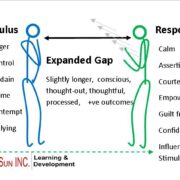
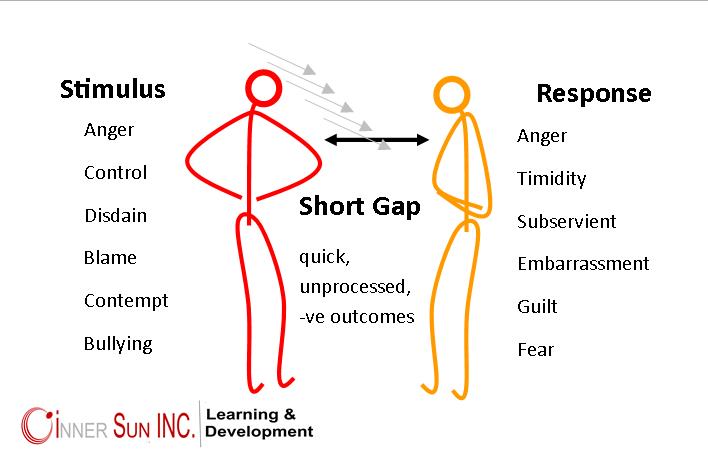
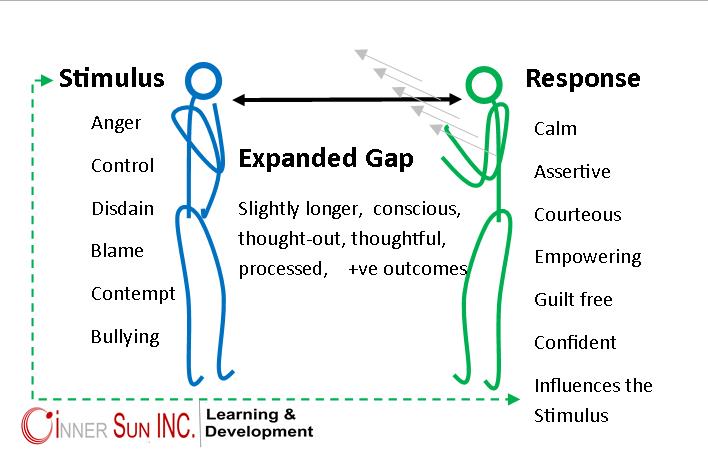 The process thus involves being mindful of all the stimuli that come towards us and unto our consciousness through our senses without and within. All that comes towards us is really, first, just data. As soon as it hits our senses, we employ cognition and we categorize and label it to be either sight, sound, taste, touch, smell or even a thought-a memory from within. We then check our feelings about this incoming data. Either we like it or we do not or, at times, we make puny efforts to be neutral to it. Finally, once we have sensed and felt it and categorized it we act upon it.
The process thus involves being mindful of all the stimuli that come towards us and unto our consciousness through our senses without and within. All that comes towards us is really, first, just data. As soon as it hits our senses, we employ cognition and we categorize and label it to be either sight, sound, taste, touch, smell or even a thought-a memory from within. We then check our feelings about this incoming data. Either we like it or we do not or, at times, we make puny efforts to be neutral to it. Finally, once we have sensed and felt it and categorized it we act upon it.